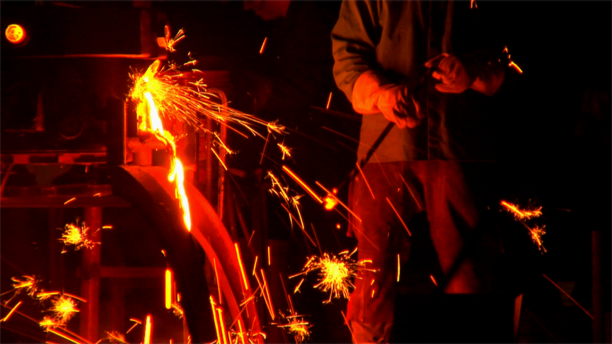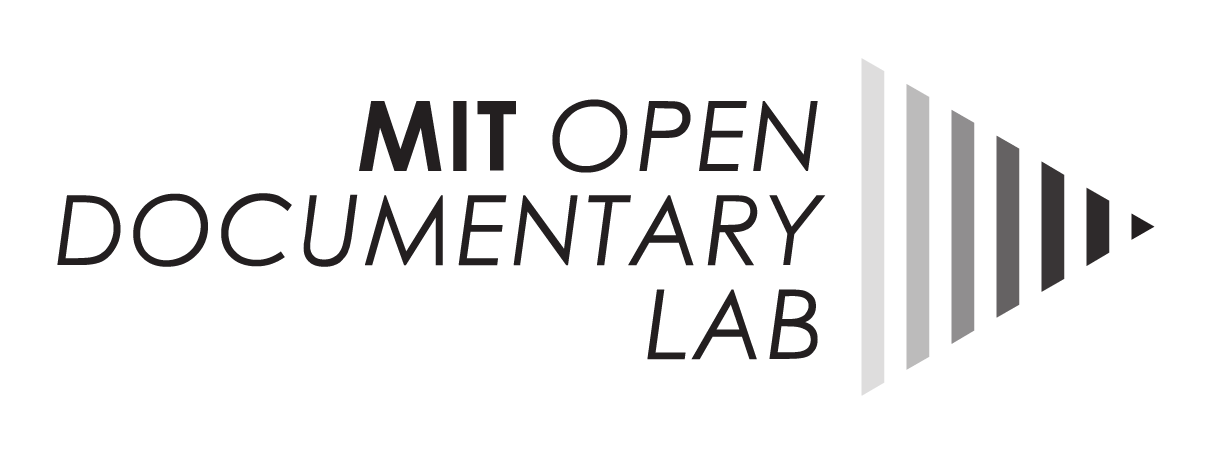
15 Mar Last Week at ODL: Julia Yezbick

Last week at Open Documentary Lab, Julia Yezbick discussed her work as a documentary filmmaker-anthropologist and situated her practice within the traditions of both fields. Usually based in Detroit, Yezbick is currently teaching in the anthropology department at Harvard University, where she received her PhD in Media Anthropology and Critical Media Practice in 2016,
Yezbick began by discussing how studying the foundational concepts behind the fields of anthropology, ethnographic and documentary film have been helpful to her work. Some of these ideas included the concept of the “romantic eye” in ethnography and the problem of the “real” in documentary when founding fathers such as Robert Flaherty are known to have fabricated details in his films. From there she discussed how technological developments such as the GoPro cameras used by Lucien Castaing-Taylor and Véréna Paravel of Harvard’s Sensory Ethnography Lab for their documentary “Leviathan” and the spread of virtual reality translate older ideas related to film watching such “immersion and corporeal mimicry” and “radical empiricism.”
In her 2015 film “Into the Hinterlands,” Yezbick immerses the viewer inside the practice space of the Detroit-based performance ensemble The Hinterlands, who lead intense training sessions in which they spend three hours wordlessly moving their bodies together and exploring different movements and purposely pushing their bodies to the limit of exhaustion. Yezbick trained with the group for a year and filmed these sessions with a camera attached to her in the role of participant-observer. The experience of the film, which exists solely inside the confines of these practice sessions, is meant to be exhausting for the viewer as well she said, invoking the idea of corporeal mimicry.
The final film presented by Yezbick was her 2016 film “How to Rust,” which is an essay film that Yezbick says “explores the mythologies of Detroit through the material metaphors of Olayami Dabls’ installation piece called: “Iron teaching Rocks How to Rust” …[which] is a metaphor for the forced assimilation of Africans to European culture and language.” Yezbick said she set out to make strictly observational cinema. However, as the film developed, she realized the material demanded a different approach and editing logic that involves voice-over and reappropriated archival footage of Henry Ford and Detroit history.



